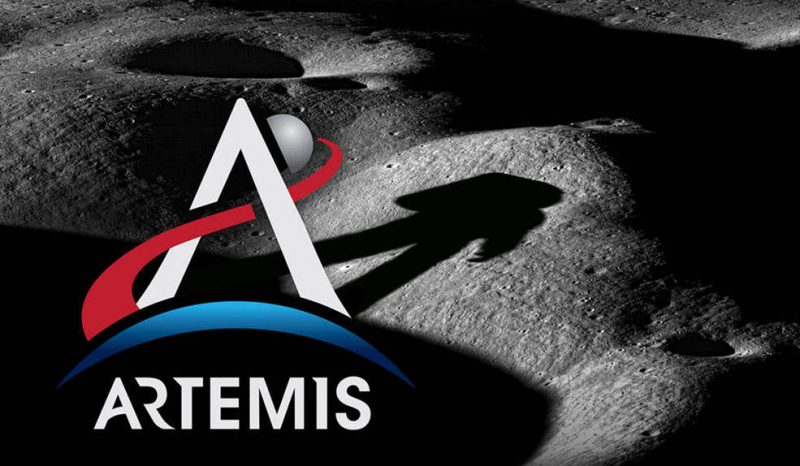
NASA has showed that it has finished stacking the Orion spacecraft aboard the Space Launch System rocket so that it will push it into orbit withinside the future. With the stacking of the rocket complete, it’s prepared to be transferred to the launchpad for its long-expected journey into orbit. Along with the crowning glory of stacking the rocket, NASA has additionally now showed a capacity release date for the uncrewed Artemis I undertaking.
NASA is presently concentrated on liftoff for February 2022. However, earlier than the release can happen, NASA does should undergo a chain of included assessments to finish the checkout for the system. While there’s nonetheless a few checking out to go, NASA Exploration Ground Systems software supervisor Mike Bolger says the crowning glory of stacking Orion atop the SLS rocket is a tremendous milestone.
Several check campaigns have to be finished among now and that capacity February release date. One of the campaigns is Interface Verification Testing, designed to confirm the capability and interoperability of the interface throughout all factors of the rocket and the Orion pill. Another check marketing campaign is Program Specific Engineering Testing to make sure numerous structures aboard the rocket and pill feature as intended.
NASA additionally has to behavior End-to-give up Communications Testing, a checking out software for the included radio frequencies among undertaking manage to the SLS, ICPS, and Orion. Those communications are crucial to making sure communications among the rocket in the course of the primary few seconds of release and because it travels into orbit.
One of the maximum crucial check campaigns for the rocket is the Wet Dress Rehearsal. During that check marketing campaign, the cryogenic fuels can be loaded into the rocket because it prepares for simulated release. For this check, the spacecraft and rocket can be rolled to the launchpad to be organized for gasoline and numerous checkouts. During that check software, undertaking controllers will run a simulated release that forestalls earlier than the engines could hearthplace in the course of the actual release.
